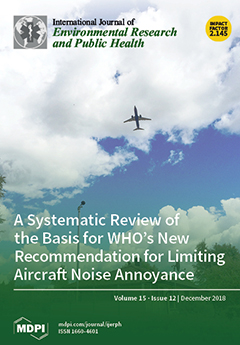Introduction: Research from Philip Morris International’s science division on its Heat-not-Burn product IQOS
TM focused on its chemical, toxicological, clinical, and behavioral aspects. Independent research on the experiences and behavioral aspects of using IQOS
TM, and how it compares to e-cigarettes,
[...] Read more.
Introduction: Research from Philip Morris International’s science division on its Heat-not-Burn product IQOS
TM focused on its chemical, toxicological, clinical, and behavioral aspects. Independent research on the experiences and behavioral aspects of using IQOS
TM, and how it compares to e-cigarettes, is largely lacking. The current randomized, cross-over behavioral trial tried to bridge the latter gaps.
Methods: Participants (
n = 30) came to the lab on three consecutive days after being overnight smoking abstinent. During each session, participants used one of three products (cigarette, e-cigarette, or IQOS
TM) for five minutes. Exhaled CO (eCO) measurements and questionnaires were repeatedly administered throughout the session.
Results: Smoking a cigarette for five minutes resulted in a significant increase of eCO, whereas using an IQOS
TM resulted in a small but reliable increase (0.3 ppm). Vaping did not affect eCO. Cigarette craving reduced significantly after product use, with the decline being stronger for smoking than for e-cigarettes or IQOS
TM. Withdrawal symptoms declined immediately after smoking or using IQOS
TM, and with some delay after vaping. IQOS
TM scored higher in terms of subjective reward/satisfaction and was slightly preferred to the e-cigarette.
Discussion: Short-term use of IQOS
TM has a minimal impact on eCO, is equally effective in reducing cigarette craving and withdrawal symptoms as an e-cigarette, and is slightly preferred.
Full article





